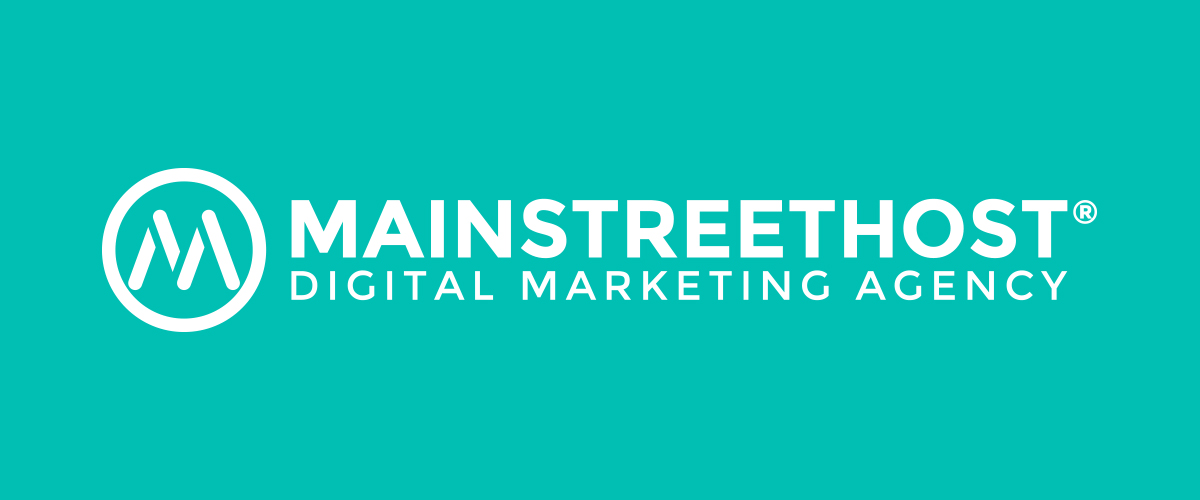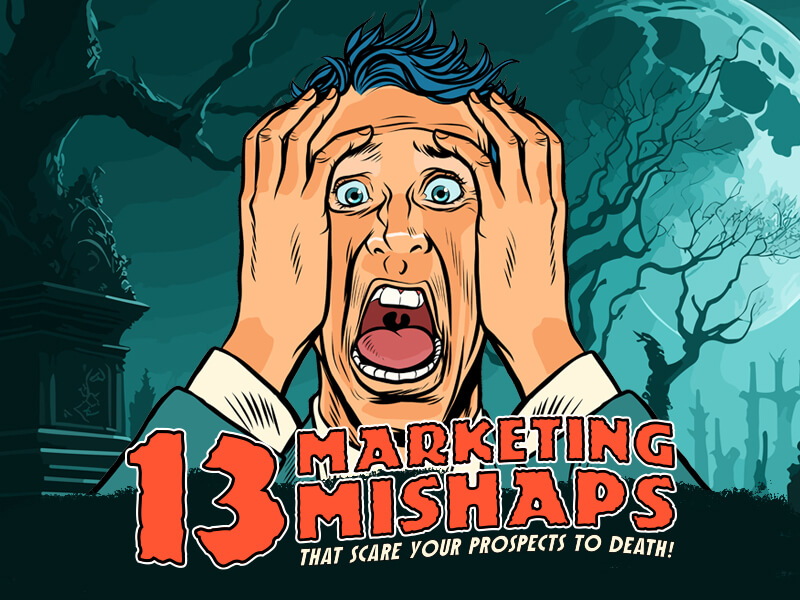Digital Marketing can get very costly in this day and age. However, there are a number of things that can be done to help small business owners that don’t have a large marketing budget. A little elbow grease can go a long way– here are a few things that can be done to get the ball rolling:
1. Determine a Plan
You must have a plan in place in order to be successful. You don’t have to go crazy, but have an idea of what you want to do and do your best to stick to it. In other words, create a realistic goal and strive to hit or exceed that goal.
2. Audit your Website
Figure out what you already have and determine what’s missing. Learn more about your Content Management System (CMS). It is very important to understand limitations if any at all exist in your CMS. Make sure you have the ability to make changes to your website as needed. Make sure you are using a CMS that is search engine friendly as well. The last thing you want is a great looking website that people can’t find.
3. Install Google Analytics and Webmaster Tools
Google provides these resources for free. If you don’t already have a Google account, take a minute to create one and you’re ready to go! (Note: A very small amount of code is needed for these to work)
- Google Analytics – Analytics will give you stats on just about everything. Analytics can be overwhelming for first time users, but will provide great insight. There are plenty of tutorials out there for novice users. Once you begin to see trends, you can then make smart tweaks to your marketing campaign.
- Google Webmaster Tools – Webmaster Tools is Google’s way of telling you how healthy your website is. Again, this too can be a bit overwhelming for first time users, but can also make your life much easier. This is great particularly for businesses that just redeveloped their website and changed page extensions and might have missed or forgotten to install a 301 redirect. Another great resource in Webmaster tools is the ability to create a sitemap.xml file. This is your way of telling Google, “I have a website with X number of pages and here they are for you to index.” For beginners, there are convenient tutorials for Webmaster tools as well.
4. Develop Your Social Media Presence
No matter what your age, or gender or what industry you’re in; social media is a great tool for marketing your business. What’s even better is it’s free to set up and manage!
Depending on your business, some social networks may be more beneficial than others. One mistake we often see as marketing professionals is business owners using personal profiles to post about their business. That’s OK, but be sure to create a business profile as well.
Here are a few more key guidelines to follow:
- Keep everything consistent across all platforms to ensure proper branding.
- Make sure you stay active. Don’t let an extended period of time go by in between posts.
- If there is something share-worthy, be sure to post it.
- Consistency is key.
5. Create a Blog and a Blogging Strategy
Blogging is one of the most effective ways to drive visitors to your website and familiarize them your brand. As a business owner you know your business better than most, so it’s important to educate your prospects. Whether it be frequently asked questions, how-to blurbs, recent changes in the industry, etc. These are all great ways to put your brand in front of your prospects. Remember to share your posts via your social channels as well.
As you can see from the above examples, there are quite a few things you can do as a business owner to jumpstart your brand. But this list can go on and on. I would love to hear from you. Let me know more about your firsthand experiences by commenting below.




